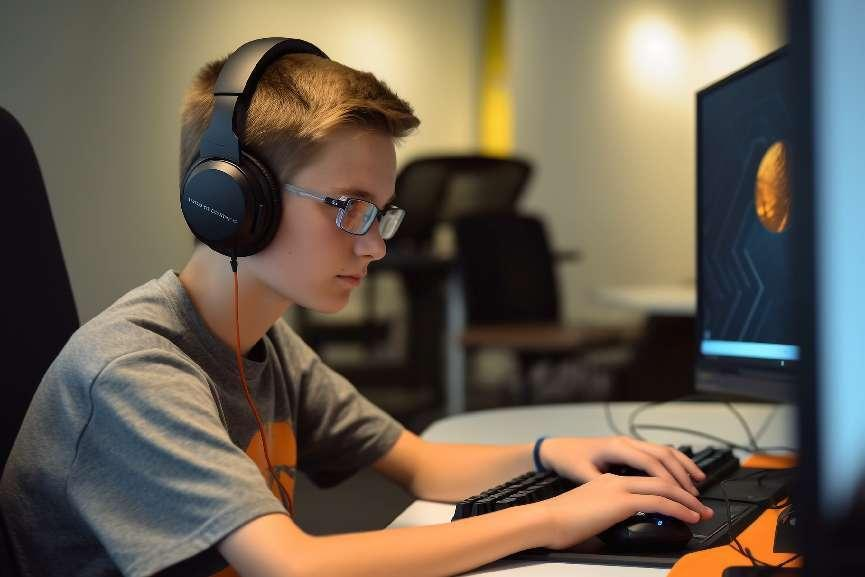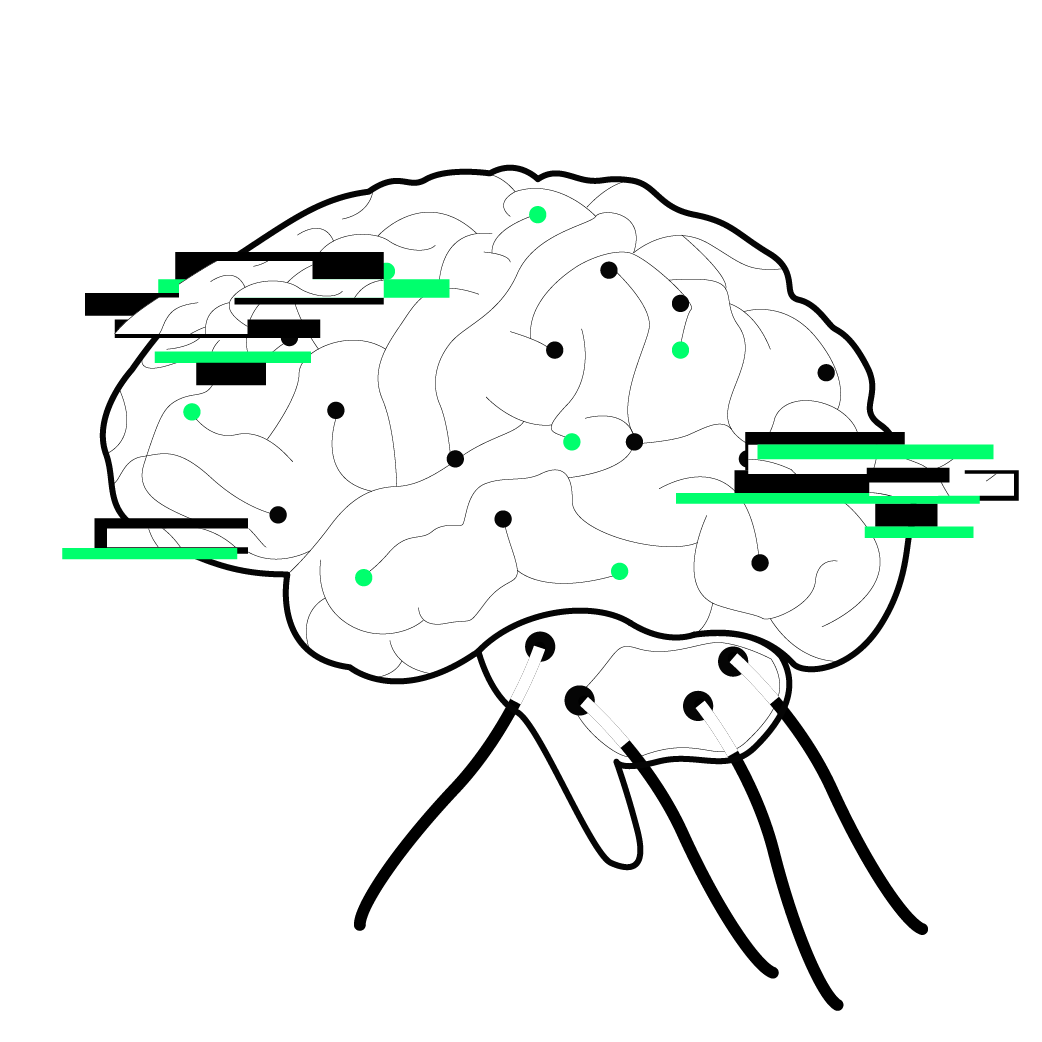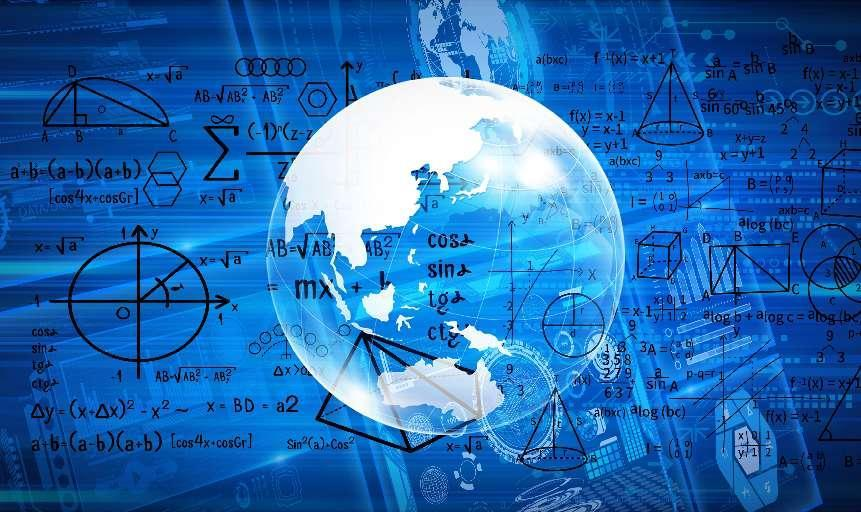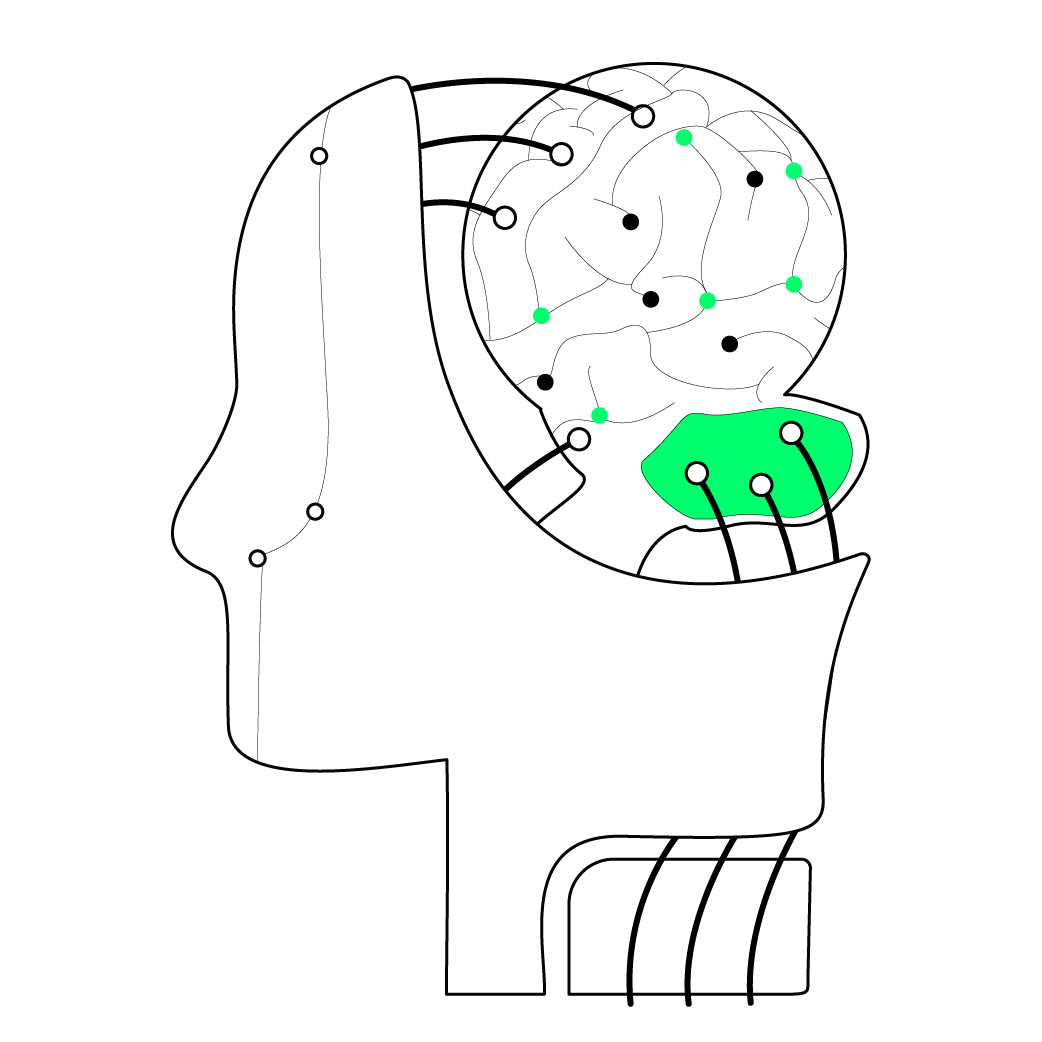
Educational and training institutions that were once "severely exhausted" have also begun to join the craze for large models.
Education + large models is not unusual. Since the popularity of large AI models, education has been considered the easiest field to implement large language models. What's strange is that compared with other players on the field, the advantages of education and training institutions are indeed not obvious.
Currently, manufacturers making large-scale educational models on the market can be roughly divided into three categories: One type is large-scale model manufacturers, such as Baidu’s “Wen Xin Yi Yan” large model, which is connected to its brand’s learning mobile phone, iFlytek launched Spark large models and learning machine products; the second category is educational technology companies, such as NetEase Youdao created the "Zi Yue" large model, Zuoyebang self-developed the Galaxy large model, Khan Academy, Duolingo, Coursera, Yuanfudao Others have also combined products with large models and launched AI assistant speaking coaches.

The other category is the education and training institutions affected by the "double reduction", such as New Oriental, TAL, and Xueersi, all of which have also disclosed their own large-scale model results.
Large models have great potential in the education and training market, and education and training institutions take the lead in the competition with large models. These two conclusions obviously cannot be equated.
After all, among the three types of players, education and training institutions may be the closest to education, but they are also the farthest from large models. Technology, computing power, capital, talent, Internet product marketing...it is impossible for education and training institutions to outperform technology giants and Internet companies.
So, is it a losing game for education and training institutions to build large-scale models? We think not.
Just as it is said in the Gospel of Matthew, "Enter at the narrow gate. For broad is the gate and broad is the way, which leads to destruction, and many are those who go in by it; but narrow is the gate which leads to eternal life. The road is small and there are few who find it.”
When education and training institutions build large-scale models, they should change their thinking direction - get into the narrow door of "scenarios", take the "small path" that giant companies are unwilling to invest, and establish core competitiveness.
To understand this matter, let’s start with why education and training institutions are needed.
Origin, why start

You may ask, companies with money, technology, and strength have barriers, so it is natural for them to develop large models. Open source large models are rampant, and ordinary companies building large models are simply jumping into the red sea. Educational and training institutions have just recovered a little from the pain of "double reduction", why are they so stubborn?
To be fair, the logic of large-scale models created by education and training institutions can be self-consistent.
The first reasonable point: Education in the era of big models also requires teaching and training.
Some people say that large models can replace human teaching assistants and that intelligent tutors are cheaper than human teachers. This is true. However, the large model is just a tool and cannot replace the services provided by teachers and training institutions.
In the short term, there are still many technical problems that have not been solved in large models, such as hallucinations. Large models "talk nonsense seriously" and output wrong information, which is likely to cultivate "scumbags"; such as black boxes, the content generated by large models. The interpretability is not high, and if the thinking process is not clear, the credibility of the answer is not high. Let AI "unmanned driving" tutor children, and the learning effect may not be good.
In the long run, even if large models evolve to extremely high understanding, extremely high degree of automation, and extremely low error rates, the essence of educational products and services is still students, and education and training services are still needed to better meet the needs of "thousands of people, thousands of faces" specific needs.

As Zheng Qinghua, president and professor of Tongji University, said, in the past there was a dual structure of teachers and students. Today, machines can do things better than teachers in many areas. Therefore, the future teaching model may expand into a three-dimensional structure of teachers, machines, and students. Therefore, there are still many possibilities for combining education and training institutions with AI.
The second reasonable point is that fine-tuning is indispensable for large models in the education field.
The large model itself has a strong learning ability, and GPT-4 has surpassed more than 88% of human test takers in exams such as the SAT. But just like the top scorers in the college entrance examination are not necessarily good teachers, good learning from big models does not mean that they will be able to teach well. Large education models need to be fine-tuned based on general large models, coupled with their own data, and iteratively optimized for specific scenarios. Only then can it be possible (note that it is possible) to solve many specific problems in education.
For example, in practical applications, a very important point of large education models is compliance. Large models used in teaching, lesson preparation and other scenarios have higher requirements for language organization ability and logical reasoning ability, and have a low fault tolerance rate. Once it is exposed, Inappropriate content is a teaching accident. To improve the safety and controllability of large models in such tasks, in addition to relying on high-quality annotation data, it also requires the feedback, knowledge and experience of professional teachers, and has a large number of teacher talents, teaching experience, and data Education and training institutions obviously have more industry advantages.

The third reasonable point: the short board is not really short, but the long board is really long.
Everyone has learned the story of Tian Ji's horse racing. To win in the competition, you must use your own strengths to deal with your opponent's weaknesses. At first glance, it seems that education and training institutions are inferior to technology giants or Internet companies in terms of technology, talent, computing power, funds, etc., but is it possible that these shortcomings are not really shortcomings in practice? ?
For example, in technology, education and training institutions do not have much accumulation in basic models. However, as a vertical industry, education and training institutions do not need to devote all their efforts to building their own underlying models. They use relatively similar methods through API cloud calls and cooperation with leading manufacturers. With less data, computing resources and developers, a large-scale education model can be built.
Duolingo's generative AI applications are all developed based on OpenAI's large models. Its report also emphasized that it is necessary to do good functions rather than large models, and focus on application scenarios. It can be seen that if education and training institutions do not compete head-on with technology giants on the basic model track, then the so-called "shortcomings" will actually have less impact on the production of vertical large-scale models than imagined.
On the contrary, the "long boards" such as data, scenarios, and industry know-how possessed by education and training institutions can play a very critical and even life-and-death role in the specific implementation of large models.
For example, large-scale education and AI models are essentially slow businesses that are bitter first and then sweet, with long returns. In the middle, they have to go through a long process of exploration, research and development, and customer accumulation. They are used to "flooding" and burning money. Growing technology startups may suffer losses because they are too aggressive. On the contrary, education and training institutions that are used to doing slow business have more patience to run long distances with large education models, and are more likely to wait until the day they make profits.
Therefore, taking a closer look, the underlying logic of the larger model of education and training institutions is actually reasonable, and there is hope of gaining a place in the fierce competition.

The end, the scenery on the other side
The second question is, what different options can education and training institutions that are closer to the teaching scene bring to the large education model? What is the differentiated competitiveness that distinguishes it from other large education models?
Let’s talk about what large models are currently used in the education field.
At the software level, the new application of large models + education can be said to be "squandering and becoming more and more charming", but it can be collectively referred to as "AI teaching assistant". It is to let large language models complete a large number of repetitive tasks of human teachers, such as writing lecture outlines, oral practice, homework assistants, interactive lectures, classroom dialogue assistants, knowledge point inquiries, intelligent marking, etc., to reduce the tutoring of parents and teachers. pressure.
At the hardware level, the above software capabilities are integrated into learning machines, student watches, student mobile phones, tablets and other products, and combined with hardware capabilities such as photography, OCR, and attitude sensors to optimize terminal computing power, configuration, interaction, etc., such as Scale reduction of large models for on-device deployment.
At present, with the increase in the number of players entering the game, whether it is "AI teachers" or AI intelligent education hardware, product functions have begun to become homogeneous, gradually showing a fierce competition. At this time, when education and training institutions develop larger models, they may be able to extract some differentiated capabilities from their existing advantages:

More specialized. At present, the homogeneous function of "AI Teacher" is mainly concentrated in some scenarios with high error tolerance, such as oral dialogue and open chat. The requirements for understanding and logic ability of large models are not that high, and some Scenarios with low error tolerance, such as mathematical problem solving, structural analysis, etc., are more difficult. This happens to be the strength of education and training institutions. Through methods such as fine-tuning and manual annotation, the gap between them and similar products can be widened. We have noticed that Xueersi focuses on the development of MathGPT large mathematical models, focusing on problem-solving and problem-telling algorithms in the field of mathematics. Precise tutoring in a single subject can become a breakthrough direction for education and training institutions to expand their models.
More personal. Whether a large model is easy to use or not depends on how well students learn it. A 1984 study found that students who received one-on-one tutoring performed two standard deviations higher than students who received traditional classroom instruction. We have no doubt that in the future, students receiving tutoring from excellent human teachers will perform better than students taught by AI teachers. Because students are more motivated to learn under the attention and evaluation of human teachers. Therefore, for education and training institutions, large models can be used to empower online classes in the future, and AI assistants can be found for teachers, allowing human teachers to have more time and energy to deeply understand and guide each student and gain insight into the students. This may be a way for human teachers to have a greater sense of professional accomplishment and to make students learn better by developing personalized learning plans based on their interests. Human-machine collaboration can also reduce educators’ resistance to adapting to new tools.
In fact, to put it bluntly, the differentiated value provided by education and training institutions in the entire education system has not changed after the establishment of the big model, but it is realized with higher productivity tools.
Between two points, pass through the narrow gate

Having said so much, I feel that it is reasonable for education and training institutions to establish large-scale models. It has both a future and a way to make money. Is it possible to succeed if we go all out and devote ourselves to it?
Don’t forget, there are many forks in the road between the origin and the end, and each of them may lead education and training institutions astray.
For example, should an education and training institution choose a base model, open source or closed source?
Many people may say that of course it is open source. The large open source models from big manufacturers have high performance and are almost free at a cost. They can be launched online with fine-tune adjustments. It is not very satisfying. But here comes the problem. Open source free represents freedom, and it also means that open source people can be "irresponsible". After all, they don't ask you to collect money. If code problems or loopholes appear later, and no one maintains it, it will become a big trouble. When encountering new ransomware/viruses, open source people leave it alone, and companies do not recruit them. Moreover, open source is not without constraints, it requires a license. If developers are unwilling to authorize, or abuse open source projects, it is likely to cause the system to become unavailable in the future. Therefore, when using open source large models to develop your own large vertical models, risks exist objectively. You must pay attention to compliance and prevent the risk of loss of control.
Then some people may say, then I just choose the closed-source large model as the base, and it will be fine, right?
It is worth noting that the closed-source base models of major manufacturers have different capabilities, and the capabilities tested in many rankings may not meet the needs of educational scenarios. For example, models with large parameter scales have better performance, but they cannot be deployed on end-side education tablets with limited computing power. It is impossible for education and training institutions to hire a team of scientists to perform compression processing such as distillation and pruning. unavailable. Therefore, to find the most ideal solution, education and training institutions need to have talents who understand large models to carry out professional evaluation and selection.
In addition, choosing a closed-source large model and paying the basic model manufacturer is also a real expense, which will also bring certain pressure to the "severely damaged" education and training institutions.
Moreover, the basic model is backed by a major manufacturer and has a high reputation among consumers and users. Choosing this type of closed-source model can indeed quickly convince consumers and make purchasing decisions quickly, but it also ties oneself to the basic model manufacturer. Together, once there is an error in the basic model, it will affect consumers' perception of the brand. Education is no small matter, so education and training institutions also need to carefully consider when choosing closed-source model partners. It is best to choose large model manufacturers endorsed by the "national team", which is the way to operate in the long run.

In addition to model selection, in various aspects such as implementation, iteration, and marketing, if an education and training institution wants to truly transform into a technology company with large model capabilities, there are still many courses that need to be made up.
For example, in application development, education and training institutions need to become “product managers”. Educational and training institutions can directly call the basic model API to create AI applications in a short time and quickly. However, it is easy to fall into homogenous competition and cannot give full play to its advantages. The profit margin will be very limited. However, building a popular AI native application will greatly Combining models, AI and business to identify users' genuine needs, solve rigid demand problems, and achieve engineering availability requires in-depth product-level thinking.
A few years ago, Yu Minhong wrote in "Does Online Education Have a Future?" 》In a speech, he said: Whether there is continuous demand close to immediate needs is the key to judging whether an education company’s business model is sustainable.
Big model + education has just begun, and teachers, parents, students, schools, institutions... are all still exploring the needs bit by bit. Which of them are ineffective products driven by the FOMO emotion of fear of missing out, and which ones are real and sustained needs, may only be left to time. During this window period, it is still unknown whether traditional education and training institutions can develop AI product capabilities.
To sum up, there will be countless forks on the road to making large models. Whether you have the courage to cross the narrow gate and take the small road, and whether you can make the right choice may be more important than the technology itself.
Whether it is for education or business, education and training institutions need new stories, and large models are the inevitable choice.
Education will be one of the countless new industries nurtured by the big model that will start earlier and arrive later. For education and training institutions, this may not be a bad thing. The trend of large-scale education models will last longer and longer, leaving the transformation window and probability of success for education and training institutions to be larger.
